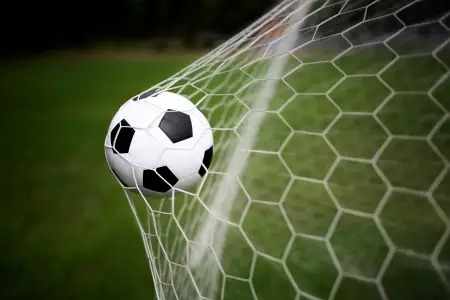Although soccer isn’t a high-contact sport like football, children who play soccer are just as likely to get a concussion. Matthew Pecci, M.D., shares what causes concussions in soccer and how coaches can help prevent them.
 With spring soccer season gearing up, players and coaches are hitting the pitch—and many are unaware of the heightened potential for concussions inherent in the sport.
With spring soccer season gearing up, players and coaches are hitting the pitch—and many are unaware of the heightened potential for concussions inherent in the sport.
“People don’t realize it, but we see just as many concussions in soccer as in football,” says Matthew Pecci, M.D., a sports medicine physician at Muir Orthopaedic Specialists in Walnut Creek, CA. “And as kids get a little bigger and a little faster, the incidence of concussions increases. We start seeing it at 9 or 10 years of age now a days.”
Concussions make up 3 percent of all soccer injuries, according to a report from the American Academy of Pediatrics, which suggests that the actual figure may be higher due to under reporting. Because of the lack of awareness by players, coaches, and parents to a potential concussion, concussed players may stay in the game and not receive proper treatment, says Pecci.
As with football concussions, early recognition of symptoms is key, according to Pecci, who specializes in concussion management. A player may head the ball hard, have a little dizziness and headache afterward, but think that’s just a normal part of heading. But that can be a sign of concussion, especially if it doesn’t clear quickly. It’s the same with other head contact in the game.
Data show that padded headgear and the use of mouth guards do not reduce the risk of concussion. Coaching proper heading techniques can help, but because of the nature of the game—players running fast with their heads down looking at the ball—collisions are inevitable.
Player-to-player collisions rather than purposeful heading cause most concussions. Head-to-head contact often occurs when two players try to head a ball. Head to knee contact and being knocked down causing the head to hit the ground can also result in concussions, says Pecci.
Soccer concussions can also occur from sudden acceleration and deceleration, he says. When a player is running fast and is stopped quickly, his or her head motion stops quickly and jars the brain in the close space of the skull. This trauma is similar to the head hitting the ground or another player.
Because avoiding concussions in soccer is difficult, it’s crucial for adults and players to be attuned to the danger of concussion. Unfortunately, that danger is often overlooked, says Pecci.



















